 In 2000, The Bill and Melinda Gates Foundation was created with the belief that “all lives have equal value.” To fight global poverty and ensure that everyone leads a “healthy and productive” life, the Foundation supports various projects worldwide. Since 2003, the Gates Foundation has been working in India, first by creating an HIV prevention initiative that has prevented 600,000 new infections and now by working on alleviating poverty through improving sanitation and providing safe and hygienic facilities. The Foundation’s work also helps the agricultural sector and its marginalized farmers better their productivity and by partnering with local organizations, it offers inclusive financial systems to lactating mothers.
In 2000, The Bill and Melinda Gates Foundation was created with the belief that “all lives have equal value.” To fight global poverty and ensure that everyone leads a “healthy and productive” life, the Foundation supports various projects worldwide. Since 2003, the Gates Foundation has been working in India, first by creating an HIV prevention initiative that has prevented 600,000 new infections and now by working on alleviating poverty through improving sanitation and providing safe and hygienic facilities. The Foundation’s work also helps the agricultural sector and its marginalized farmers better their productivity and by partnering with local organizations, it offers inclusive financial systems to lactating mothers.
Transforming Sanitation in Wai
The unsafe disposal of human feces is a global issue harming public health, increasing psycho-social stress and hindering human and economic development, with more than 80% of untreated sewage still being discharged into the environment. In India, sanitation remains a vital public health challenge, with 11% of the population – around 155 million people – still practicing open defecation in 2022, according to the World Bank.
One notable example of progress is the city of Wai in Maharashtra, which has implemented an inclusive and equitable sanitation model. The initiative aims to reduce health risks by preventing the accumulation of harmful waste in areas lacking proper sanitation infrastructure. With help from the Gates Foundation and through collaboration with its citizens, Wai was the first municipality in India to introduce scheduled desludging of all septic tanks, providing safe waste treatment for its entire population – regardless of their financial status.
Helping Marginalized Farmers in Odisha
In 2023, the Union Home Minister and Minister of Cooperation announced that 65% of India’s population is part of the agricultural sector, providing livelihoods for millions. In Odisha, 70% of the population depends on agriculture for income. A partnership called ADAPT has been established between the Government of Odisha, the Gates Foundation and Samagra- a private consulting firm, to assist marginalized farmers and improve productivity. The goal is to help the state’s policymakers make data-informed decisions in the agricultural sector.
With the ADAPT Dashboard, a Decision Support System that combines agricultural data from various sources into an online platform accessible to government officials, the State of Odisha can then meet farmers’ needs efficiently – anticipating challenges and optimizing the raw material supply chain. ADAPT also shares information on seed treatment, soil health, irrigation and insurance with farmers to increase their productivity.
There has already been a 90% reduction in crop losses with the Customized Pest Advisory service, confirming that while this initiative is boosting agricultural productivity, it is also helping more farmers to thrive despite climate challenges and market fluctuations.
Building Inclusive Financial Systems
Financial inclusion is another pillar of the Gates Foundation’s work in India. One of its key initiatives in this area is supporting the Pradhan Mantri Matru Vandana Yojana (PMMVY) scheme in partnership with the Center for Digital Financial Inclusion (CDFI). This program aims to empower women by providing financial assistance during maternity, reducing the financial burden on low-income families during pregnancy and enhancing maternal health.
Since 2017 and with the Gates Foundation’s involvement, the PMMVY scheme has offered $59.50 in direct cash transfers to lactating mothers, compensating for the wage losses they experience during pregnancy and postnatal care. With access to health care services frequently relying on the family’s financial situation, this digital inclusion initiative is crucial for marginalized women who may otherwise be excluded from the formal banking system or cannot rely on their family’s financial support. The program ensures transparency and accountability by delivering the payments digitally, illustrating India’s inclusive growth and economic development.
Conclusion
Through its focus on sanitation, agriculture and financial inclusion, the Gates Foundation is helping the fight against poverty in India. The success of Wai’s sanitation model, the ADAPT partnership in Odisha and the PMMVY scheme demonstrate how targeted interventions can improve health, economic stability and livelihoods. These initiatives show how combining innovative solutions with data-driven policies and equitable access to services can help India build a more inclusive future.
– Alissa Naydenova
Alissa is based in Colchester, Essex, UK and focuses on Good News and Global Health for The Borgen Project.
Photo: Flickr

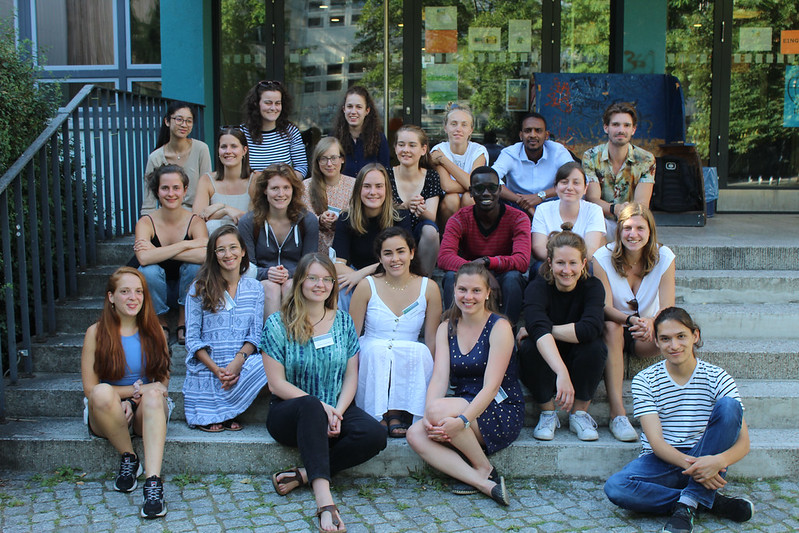
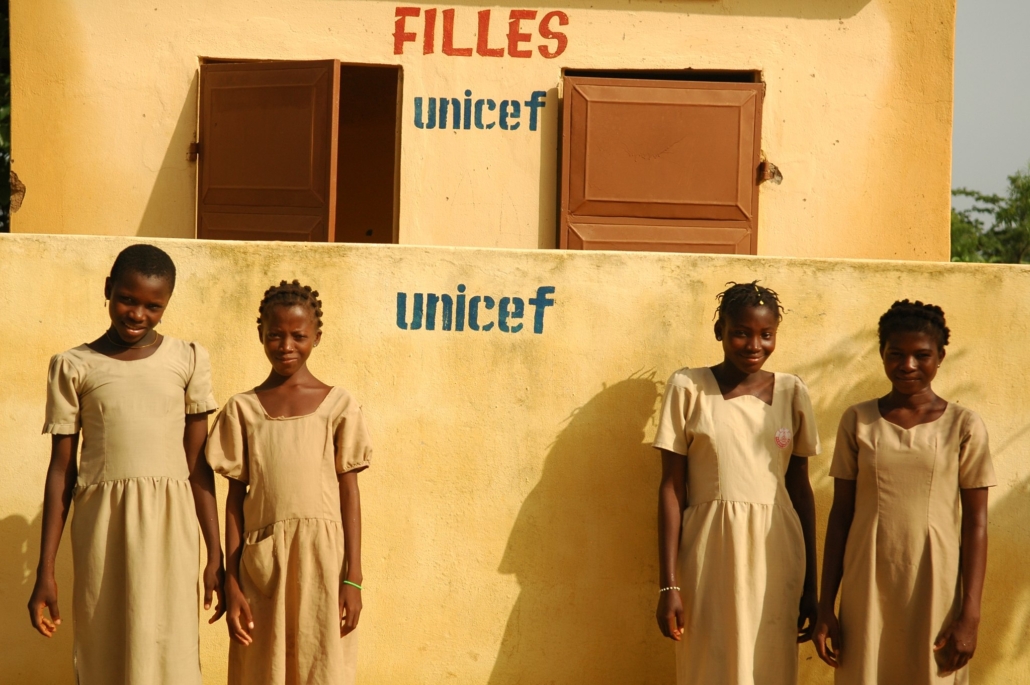
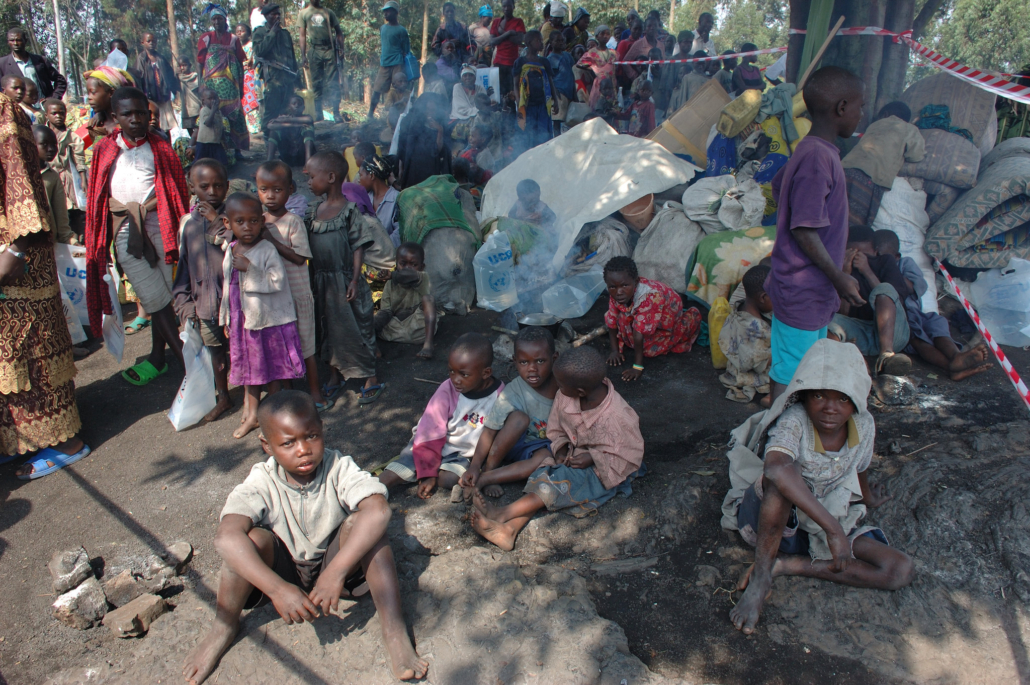
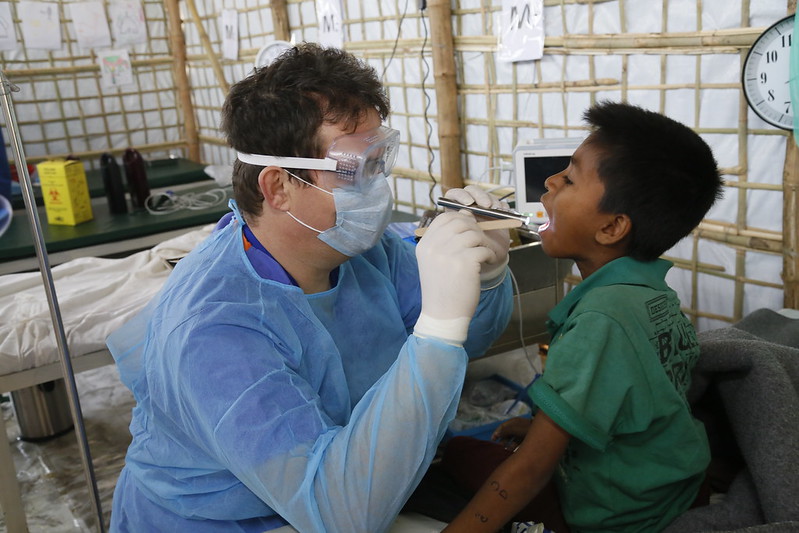 As of 2022, pandemics such as COVID-19 and tuberculosis are still rampant around the world. But there is another respiratory virus called the respiratory syncytial virus (RSV) that poses a risk, especially for those living in low-income countries and young children.
As of 2022, pandemics such as COVID-19 and tuberculosis are still rampant around the world. But there is another respiratory virus called the respiratory syncytial virus (RSV) that poses a risk, especially for those living in low-income countries and young children.
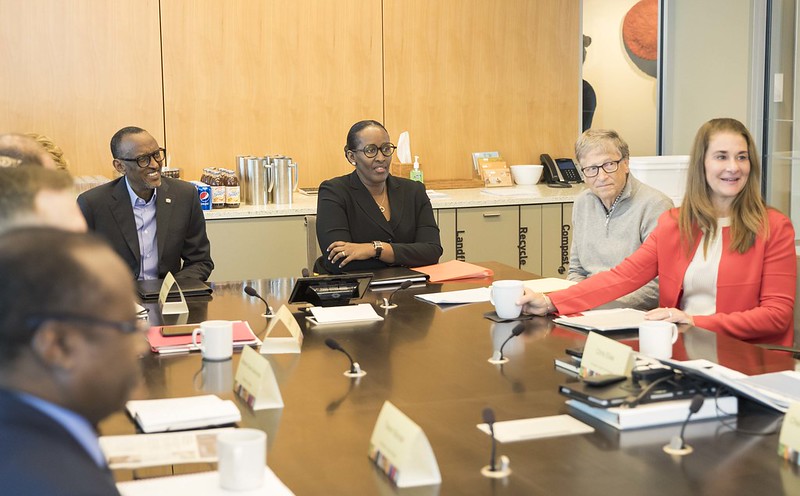
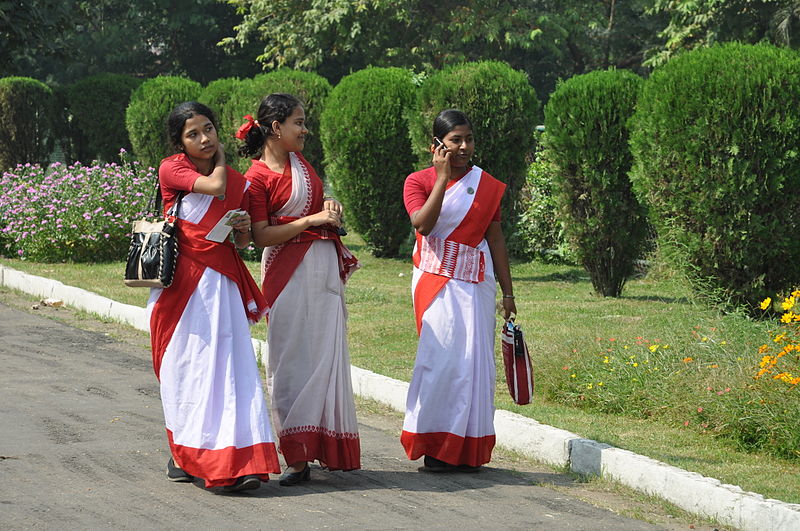
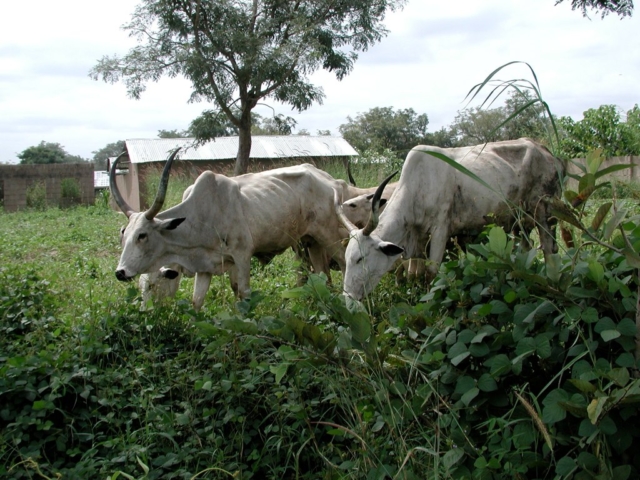 Nigeria’s dairy industry has many problems. Inefficiency, “lack of technical knowledge” and outdated practices plague local dairy farming in Nigeria. Thus, Nigeria does not meet its potential for establishing a thriving dairy industry. Even though Nigeria has enough cows, in 2020, it still spent $2.5 billion importing milk from multiple countries. Farmers in Nigeria lack access to infrastructure, veterinarians and technologies to improve milk collection. Fortunately, NGOs have begun operations to help local dairy farming in Nigeria meet its potential. Sahel Consulting, an agricultural consultancy firm in Nigeria, has launched the Advancing Local Dairy Development in Nigeria (ALDDN) program to try to reshape dairy farming in Northern Nigeria. With support from the
Nigeria’s dairy industry has many problems. Inefficiency, “lack of technical knowledge” and outdated practices plague local dairy farming in Nigeria. Thus, Nigeria does not meet its potential for establishing a thriving dairy industry. Even though Nigeria has enough cows, in 2020, it still spent $2.5 billion importing milk from multiple countries. Farmers in Nigeria lack access to infrastructure, veterinarians and technologies to improve milk collection. Fortunately, NGOs have begun operations to help local dairy farming in Nigeria meet its potential. Sahel Consulting, an agricultural consultancy firm in Nigeria, has launched the Advancing Local Dairy Development in Nigeria (ALDDN) program to try to reshape dairy farming in Northern Nigeria. With support from the 